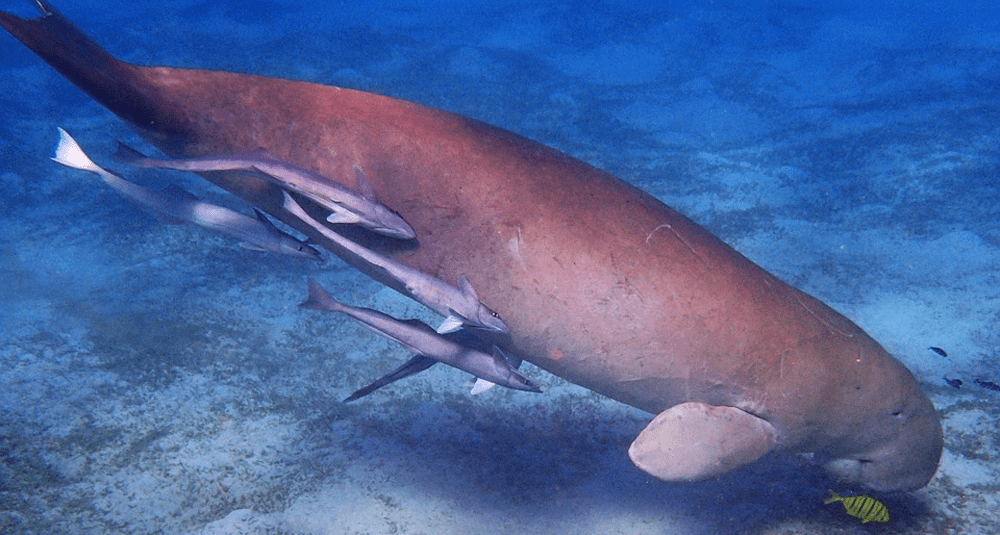What physiological characteristic differentiates the dugong from the manatee?
Last Updated:
The dugong and the manatee are both marine mammals belonging to the order Sirenia, but they have important physiological differences. One of the main features differentiating the dugong from the manatee is the shape of their tails. The dugong has a crescent- or half-moon-shaped tail, similar to that of the dolphin. This shape enables it to swim efficiently in the coastal waters of the Indian Ocean and Pacific, where it feeds mainly on sea grasses.
The manatee, on the other hand, has a wider, rounded, paddle-shaped tail. This tail is adapted to life in the calmer waters of the rivers, estuaries and coastal marshes of the tropical and subtropical Atlantic. Because of this difference in tail shape, the dugong and manatee have slightly different swimming movements.
In addition to the tail difference, there are other distinctions between the two species. For example, the dugong has a shorter, more pointed snout, ideal for grazing on seagrass beds, while the manatee has a wider, more rounded snout, ideal for grazing on freshwater aquatic plants. Finally, the dugong has incisors called tusks, visible in the male but absent in the manatee.
These physiological differences reflect the two species’ adaptation to their respective habitats, as well as their feeding habits. Although the dugong and manatee are sometimes confused due to their similar appearance and shared classification, these distinctive features make them unique in their lifestyle and ecology.
You may also be interested in
nature

What physiological characteristic differentiates the dugong from the manatee?
Answer
The dugong can be distinguished from the manatee by its crescent-shaped tail, similar to that of dolphins, whereas the manatee's is more rounded.